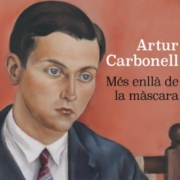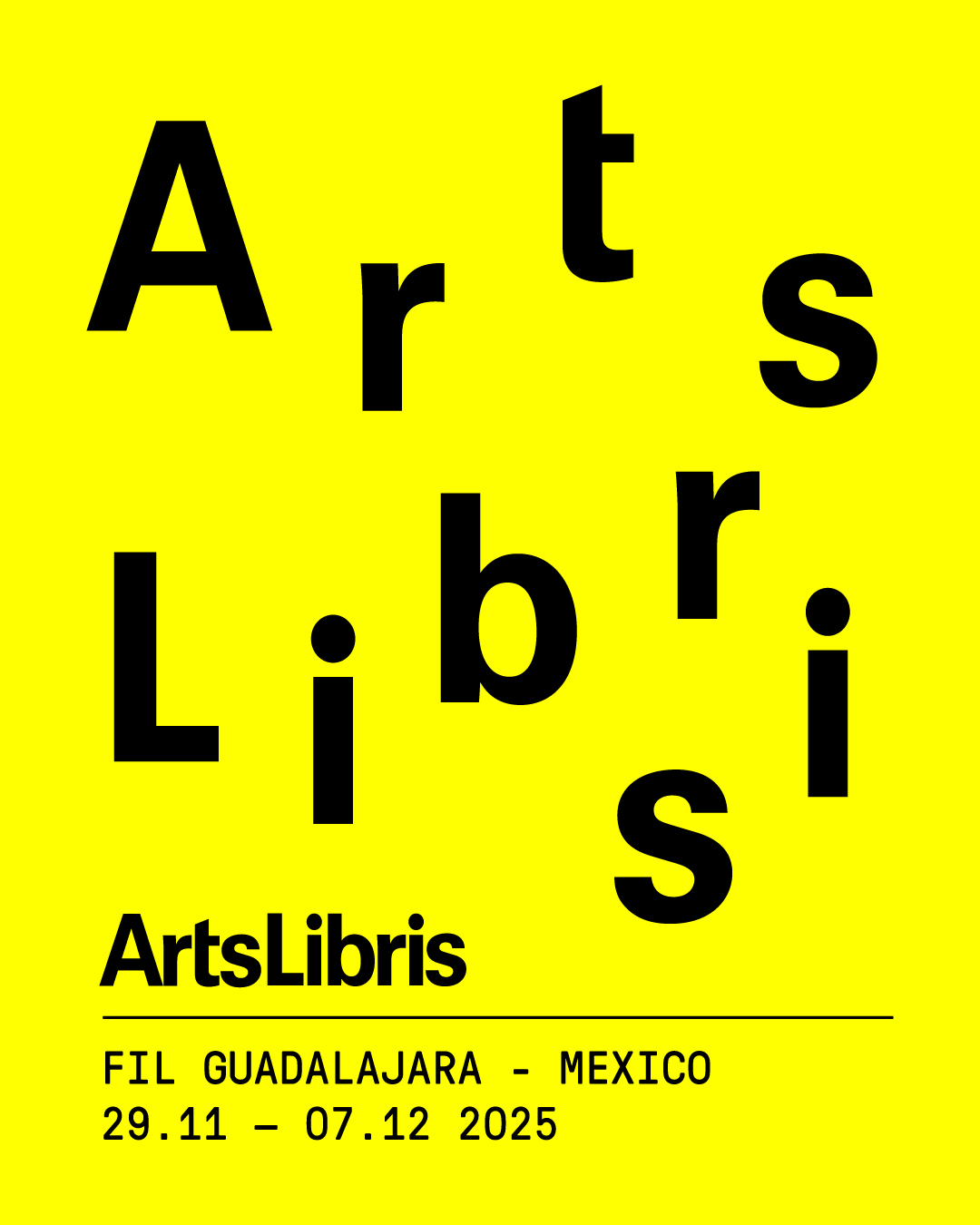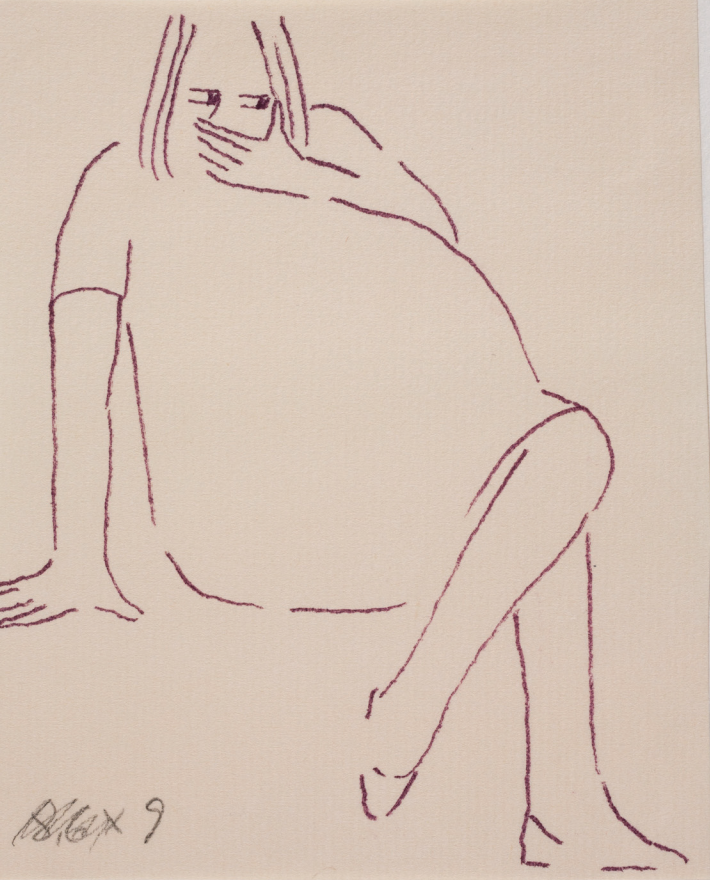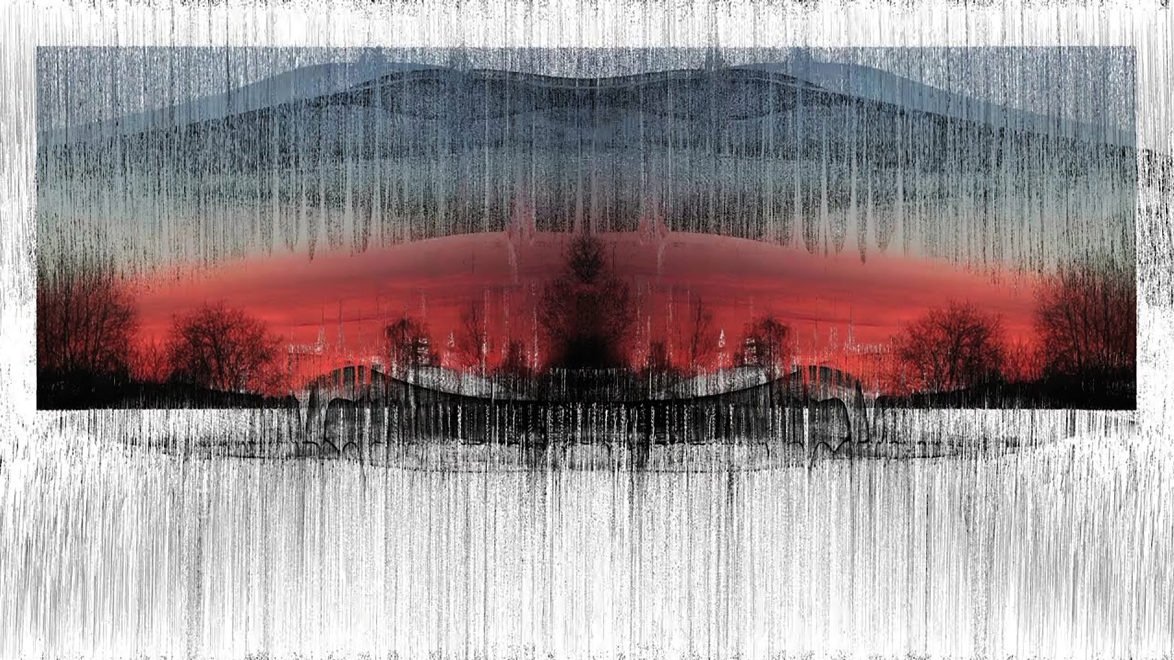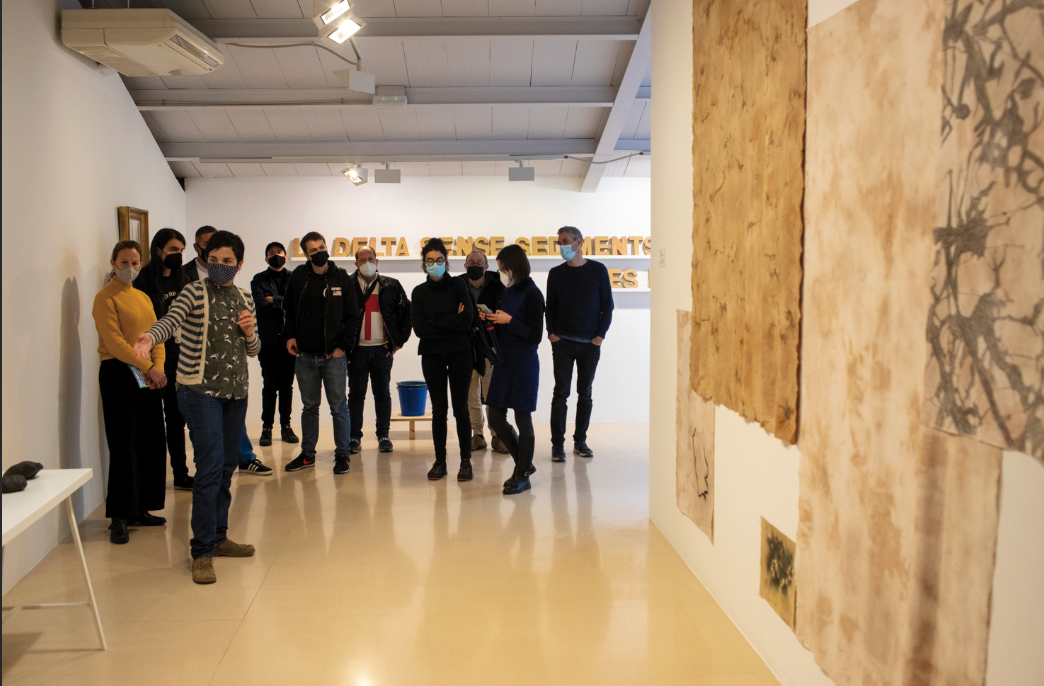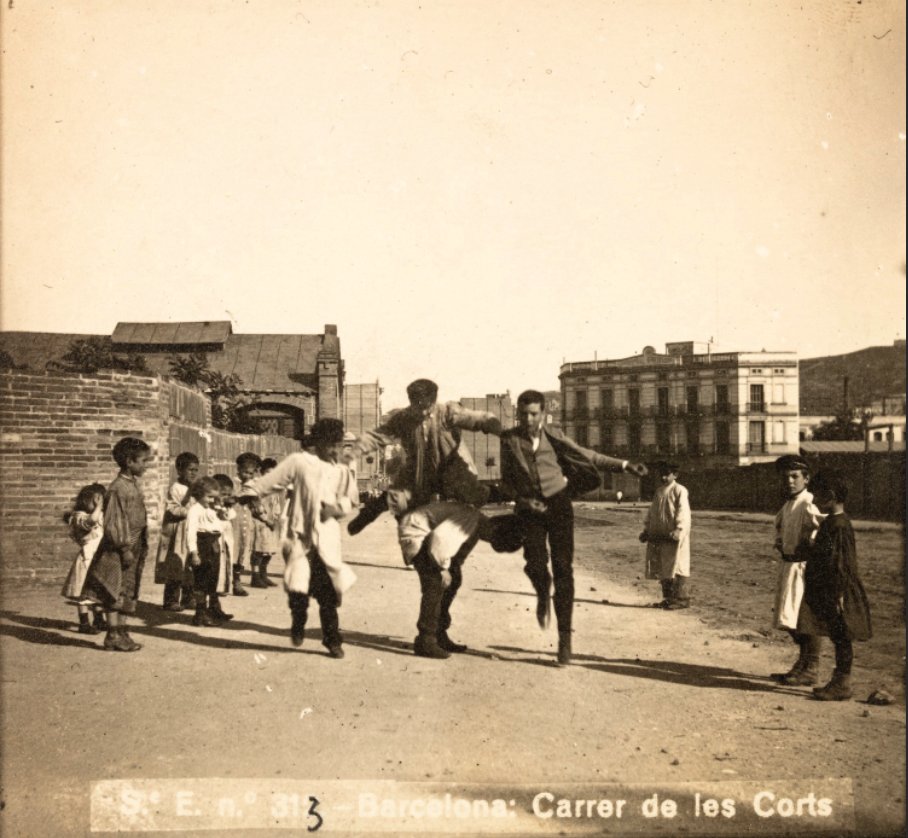News
A house for Walter Benjamin
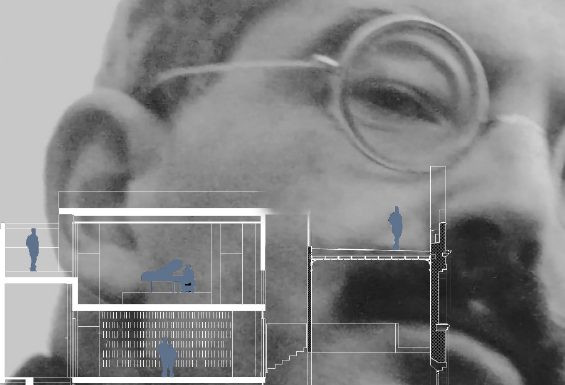
One of the most influential European intellectuals of the 20th century, Walter Benjamin, committed suicide in Portbou on September 26, 1940, realizing that he would be returned to France and handed over to the Nazis, who considered him a Jew and as a man of socially advanced ideas, an enemy.
He had just crossed the border on foot through the mountains with great difficulty. He had done so accompanied by Lisa Fittko, who testifies to this in his book My Crossing the Pyrenees (Edicions Reremús-Fundació Angelus Novus, 2021). The great Israeli artist Dani Karavan, who left us on May 29 after a long and fruitful career, is the author of an impressive memorial that, in dialogue with the landscape, evokes in Portbou in an emotional way the figure and the legacy of the German thinker who lucidly and painfully humanized our conception and our experience of history.
As every year, coinciding with the anniversary of the death of Walter Benjamin, the Passatges association and the Angelus Novus Foundation, with the leadership of Pilar Parcerisas and the firm involvement of Portbou City Council, organized a new edition of the 'Walter Benjamin Summer School. This year, however, the always interesting program of this call had a particular incentive, the presentation of the project that, thanks to the support of Ferrocarrils de la Generalitat, the architects Jordi Pigem and Joan Falgueras have imagined for the rehabilitation and the refurbishment of the old Portbou Town Hall building so that it becomes the Walter Benjamin House and is the headquarters of the already notable library gathered in Portbou on this formidable figure, but also so that it is a space for events and exhibitions and become a center of study and dissemination around this influential thinker. The Lluís Coromina Foundation has joined in with the creation of an exhibition that, through texts, plans and images, allows us to immerse ourselves in this very interesting architectural project, which surrounds and surrounds the old building and at the same time dialogues with the memorial located nearby, next to the cemetery. This future Walter Benjamin House, with an austere and very successful approach, avoids formal grandiloquence and seeks to fully integrate into the stage to which it wants to integrate to be a reference that complements and reinforces naturally, without artifice or emphasis vacus, the discourse that deeply links Walter Benjamin to Portbou. There is a message of shelter, of refuge for those fleeing from those who pursued them because they hated the freedom of their ideas.
We note the weight given to books and the word as a support for the transmission of knowledge, but at the same time there is an invitation to a helical itinerary between the density of the earth and the light of the air that takes us to the roof in a material-oriented construction.
It is to be hoped that we will soon be able to celebrate the construction of the Walter Benjamin House, from the conviction that it will be a cultural focus of the first magnitude and with an unequivocal vocation for international interaction.


